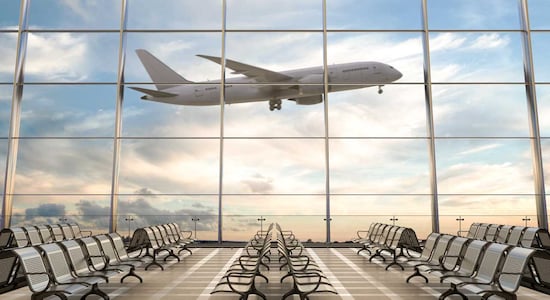
 1 / 6
1 / 6Sidharth Kapur Board Member of Noida Airport: The entire monetisation pipeline is very bold and audacious. Definitely, it is an invitation to a party but there is a lot of work which needs to be done to make the party successful. As far as airports are concerned, we have a solid track record of privatisation of airports, so I don’t think that the airports may necessarily go through the inVIT route, they will go through the concessions and the public-private partnership (PPP) route as has been done for earlier airports. Already the four major airports have been privatised. Over the last fifteen years, the regulatory framework has evolved and become much more clear and transparent. I think airports should not be a problem, there should be adequate demand for these assets.
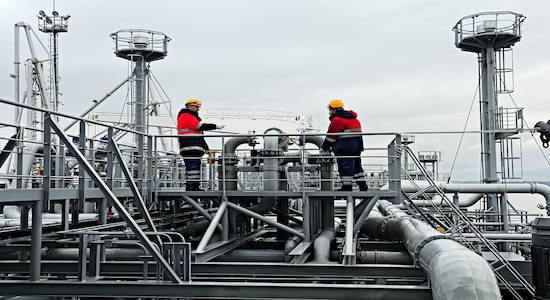
 2 / 6
2 / 6Probal Sen, Senior Vice President, Centrum Broking: As far as gas pipelines are concerned, if you really look at it, the operation has been below par or under capacity, because, frankly, supplies have not been there. So, even a private player coming in, I am not too sure, where he will bring additional utilisation from beyond what Gail has already been achieving. So the unlocking of value will probably have to happen only on a gradual basis after identifying which pipelines actually have the potential to run at a higher capacity. This, I am talking from an investor perspective, if a private investor has to come in and run it he will obviously have to be incentivized in terms of you know, being able to run it at a better capacity level or at a more efficient level than what is already being done. “From GAIL or HPCL or BPCL’s point of view, any move that can actually help monetize and take the operation from their hands and as long as they get sufficient consideration for those claims it is definitely a positive. But I am not so sure that that is going to happen in a hurry.
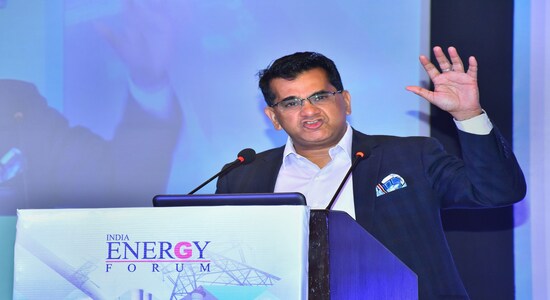
 3 / 6
3 / 6Manish Aggarwal, KPMG: I think it is something very creative, I would say. Because so far, I think the incentive structure for the states to really move on along with the centre on some of these schemes were probably lacking. So I believe matching 100 percent of that for a PSU divestment 50 percent when you get it listed, and about 33 percent, if we get a monetization done, provides states one of flexibility that they can choose any model that they feel works for the states or the sector that they want to divest, or monetize. The second amendment gives them a lot of incentive to my mind. I tend to see probably some of the more progressive states will probably actually jump on, and we will see some of the traction there. I think the challenge that I see is in execution. I think Mr Kant talked about hand-holding. I think that is very critical. To my mind, you don't want, investors don’t want what happened in a, in PPP phase very recently, right, there were no bids, practically, because the fundamentally the structure of the bids and the structure that was launched, didn't work for the investors. So probably my request to the government is its absolutely well laid out vision and the plan, but the details would be important. Mr Kant talked about the hand holding the structuring projects before you launch will be very extremely important. Another important factor which I saw is this is across the sector's so it is not dominated by one sector while talking of railways, roads and power we have seen, they are talking of logistics and infrastructure is very, very interesting to my mind. So very, very interested overall as to how probably it gets shaped out from an execution perspective.
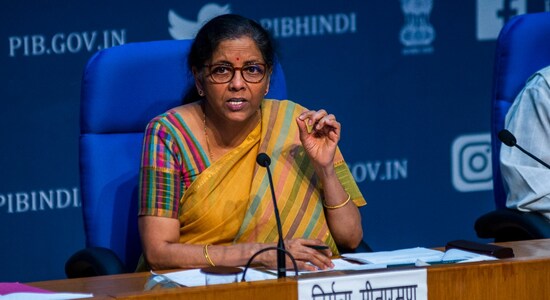
 4 / 6
4 / 6Raghav Chandra, Former Chairman, NHAI: I view it as a very large scale public-private partnerships (PPP) initiative of the government in a very well defined kind of way. From a pure governance angle, I would say that it is a positive step and with the finance minister making a commitment about monitoring this entire initiative and about it being a policy guideline spelt out by the finance ministry supported by the NITI Aayog actually implemented by the aligned ministry that is a very positive step because most of the time what happens with any kind of asset monetisation or public-private partnerships initiative is the kind of sort of accusation or allegation that it is not being done in a fair and transparent manner. Hopefully, now it will all be supported by the larger mandate of the union cabinet and that is a very necessary and important way to assure that people are able to undertake this entire initiative in a positive, transparent and fair manner and by the manner in which it is being orchestrated, it looks like a very positive step. Ultimately, to say that it will be returned back to the government as long as the period of leases is long enough and if it is at least 25 years or 30 years, the longer the better to that extent, even 25 years is good enough for a private party to be able to commercialise, to be able to renovate, to be able to renew and rebuild on an existing asset to be able to get back a reasonable return on its investment. As long as that is done with a sufficient duration of the lease period, I think this will work and it is in the right direction.

 5 / 6
5 / 6Vijay Chhibber Former Secretary Road Transport & Highways Min: I think this is a move in the right direction. Sharing, you would recall, we last met when the national infra pipeline was launched and you had asked me for my comments and I said, that the maths is just not adding up. Because the intention is so big, that and the resources available are just not available. So we came to the conclusion that private sector participation in that grand design just has to be ramped up. And this is actually one of the ways to ramp it up. Not only you, you sort of mobilising resources or alternatives but you also bring in the private sector, and use the Brownfield assets, upgrade them and roll them on. So I think this is frankly, a very good idea. The government really had no options. In fact, I'm surprised it has taken so long, but they're either, you just had the option of printing more money, which is not really very palatable or you had to cut back on your plan. And the third was monetization. So I'm very happy that this monetization of assets has been announced today. It will bring in better visibility for the private sector to see the lay of the land for the next six months, for the next 12 months, and so on and so forth. This will help them plan better and this will help them also do their due diligence, well ahead of the assets being brought into the market.
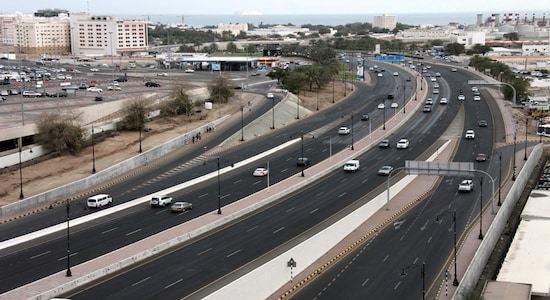
 6 / 6
6 / 6Shailesh Pathak, Co-Chairman at FICCI Transport Infra Panel: Now, infrastructure projects and infrastructure assets are very different. A lot of international dollar interest is in assets, not in projects and here we have a situation wherein the last 24 months Rs 17,000 crores has been raised by the NHAI using Toll-Operate-Transfer (TOT) and another Rs 5000 crores is the upcoming infrastructure investment trusts (InvITs) so that is 22,000 crores. We know that the Power Grid Corporation has done a Rs 7700 crore InvIT just a few months ago. So there is enough proof and evidence that there is interest from the private sector. Today, what we have heard is fleshing of the details out on how exactly the process is going to operate and I am very happy to hear that there are four kinds of PPPs talked about operate-maintain-transfer (OMT), TOT, operate-manage-develop (OMD) and ROMT and two kinds of structures talked about the InvITs and Real estate investment trusts (REITs). We have launched an InvIT in May 2018 and we can see that there is lots of global investor interest. The only thing I would like to say is that the first year's target is Rs 88,000 crore, the second year's target is 1.62 lakh crores and that is pretty good because you don't want to start with a large. So in the first year, what we are going to establish as a benchmark is going to lead to success in year two, year three, year four and I just wish that the quarterly bidding calendar could be shared with potential bidders.

